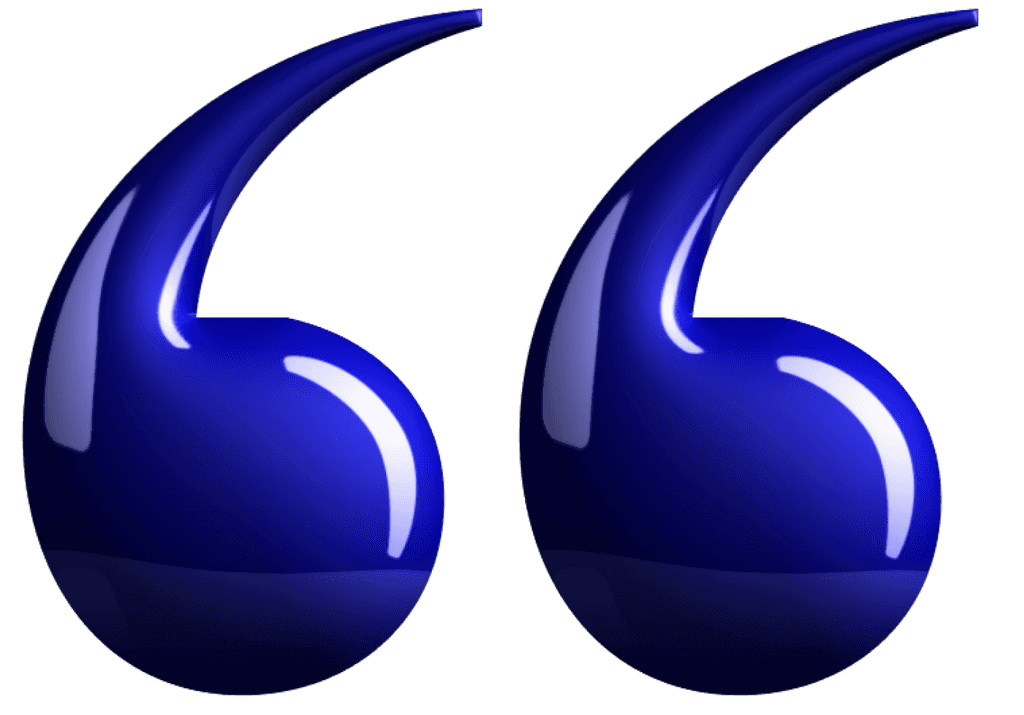Optimize for Operational
Efficiency
Digital transformations can feel prehistoric but they are breeding grounds for innovation that possess the potential to capture our imaginations.
Stats
Employees
14k
Users World Wide
User Focus Group
36
Sessions
+4
Points
Overview
An integrated financial onboarding platform for the largest bank in the United States was initiating an application redesign for Customer Due Diligence. Insights gained from this pilot can be leveraged towards the effectiveness of the overall Client Onboarding Platform.
We can achieve enhanced customer onboarding speed for KYC workflows by refining data input methods, identifying automation areas, and improving data observability.
Teresa Oscar is a Prime Services Onboarder. She values speed and agility when it comes to her team’s performance. She wants the superpowers of a developer to create the ultimate workflow for her team.
•
The user's current process require manual work to track cases through emails, phone calls, and external tools
•
The applications frequently times out leading to data loss
•
The information needs to be inputted multiple times in different places leading to duplicative data with slight variations
The Customer Due Diligence application was completed to the satisfaction of the business within 9 months. Additionally, 4 consultants were brought on to redesign the overall Client Onboarding application. The learnings from the interventions informed the creation of design principles for the UX design team
Features
fig. 1
fig. 2
Figure 1 & 2 are examples of low fidelity wireframes that detail key design decisions and functionality where the primary, secondary and utility navigation have changed.
Problem
This visually dense software orchestrated complex data input processes to onboard clients. New technological advancements in HTML5 could streamline the application's performance and reduce the likely hood of data loss and user frustration. However not all issues were rooted in technology. Poor design decisions had accumulated over time creating a bulky user experience and a plethora of UX debt.
Solution
The new design striped away areas of redundancy and unnecessary information. Any type of information that wasn't critical, we removed from the navigation to establish stronger hierarchy. Visually, space was created by simplifying the UI which added clarity and invited focus. Using a vertical form format aligned with common web standards despite popular belief that more information on screen will save more time. While a horizontal layout may seem like it fills the screen space better, it often compromises usability.
Features
Credit-Legal Package
fig. 3
fig. 4
Figure 3 illustrates a business requirement to automate an existing workflow between the Credit and Legal departments. Figure 4 is a rendering of that requirement as a High Fidelity prototype. The original interface was too open-ended, allowing the user to start a task without having to complete it before starting another. As there was no clear sign posts on how to proceed, the business enlisted design help to sort this through.
Renderings from the evaluation report of the Credit-Legal package that underwent moderated User Testing. The key findings point to a user need for automation, particularly around saving data, and pre-populating fields where the information has been collected previously.
Problem
The business’s focus on the KPI of 'reducing the number of clicks' inadvertently led to an over-simplified interface, which became confusing for users. While reducing clicks is often seen as a way to improve efficiency, in this case, it resulted in a lack of structure and guidance making it difficult for users to complete their tasks.
Solution
Leveraging a stepper enabled the user testers to send a data package in under 10 minutes. All 6 testers successfully created a combination of packages in 3 attempts per task or less. The average time in testing for package submission was 5 minutes and 16 seconds.
What They Say
The UX design format showing the options and the workflow is extremely helpful for the business to see and conceptualize the expected tech delivery – significant upgrade from mock ups and walkthroughs that didn’t have the same layout previously...
Transforming Measures
of Success
Designing an integrated financial onboarding platform for wholesale retail was a stand-out experience in terms of my growth as a design manager. I learned how to recognize opportunities to raise standards and drive meaningful improvements with design. By introducing industry methods for UX evaluation, I was able to broaden the possibility of transformative change.
Measuring success by the number of clicks alone needed further definition and the push to minimize clicks led to prioritized task completion speed over user clarity and guidance. While reducing the number of clicks might seem like an efficiency gain, it actually increased the cognitive load, leading to slower task completion. Adding a System Usability Scale (SUS) measure along with qualitative and quantitative evaluation criteria gave structure to subjective critiques. Feedback began to shift from usability issues to enhancements in automation driving the focus towards innovation.
Recent Case Studies
Reduce Financial Advisor Turnover
Enterprise, B2B, Insurance
Increase Week-Over-Week User Activity
Start Up, B2C, E-Commerce
Design from 0 - 1 to Deepen Social Connections
Start Up, B2C, Wellness

















